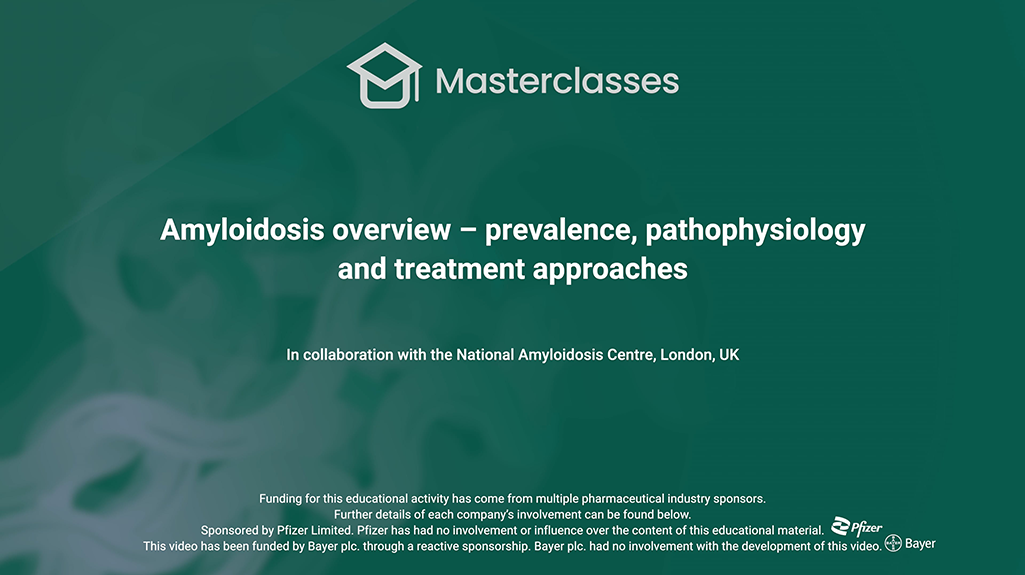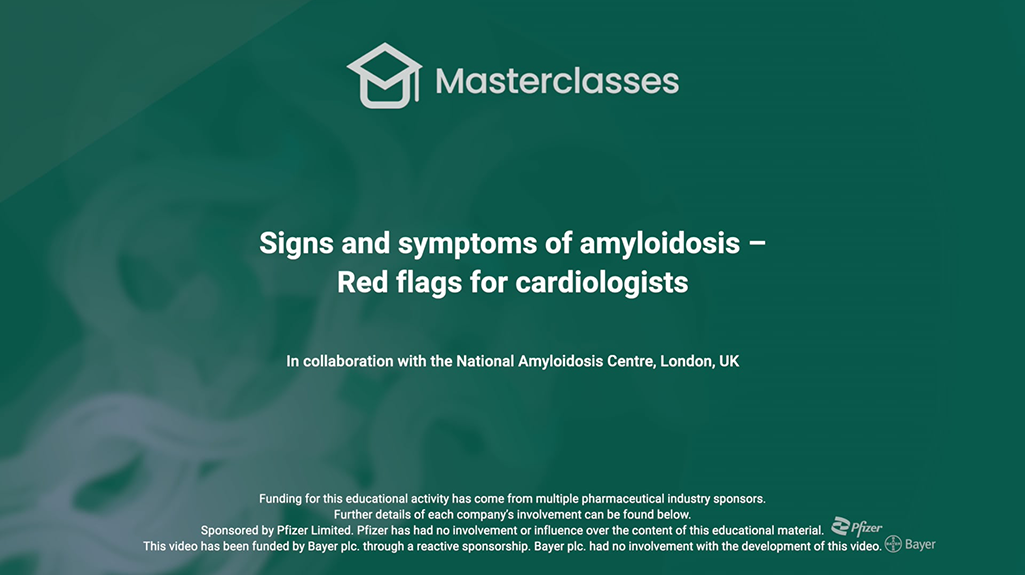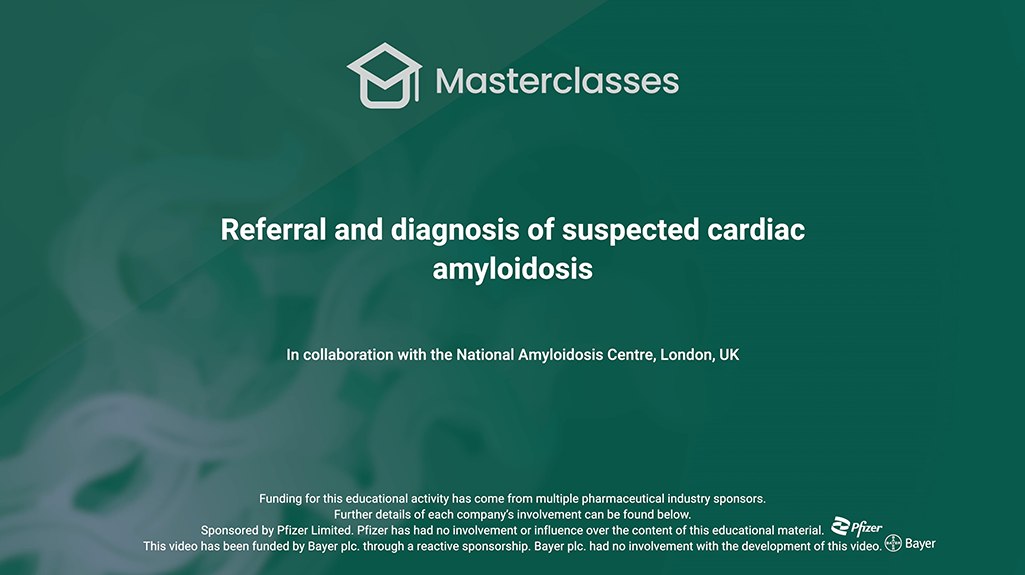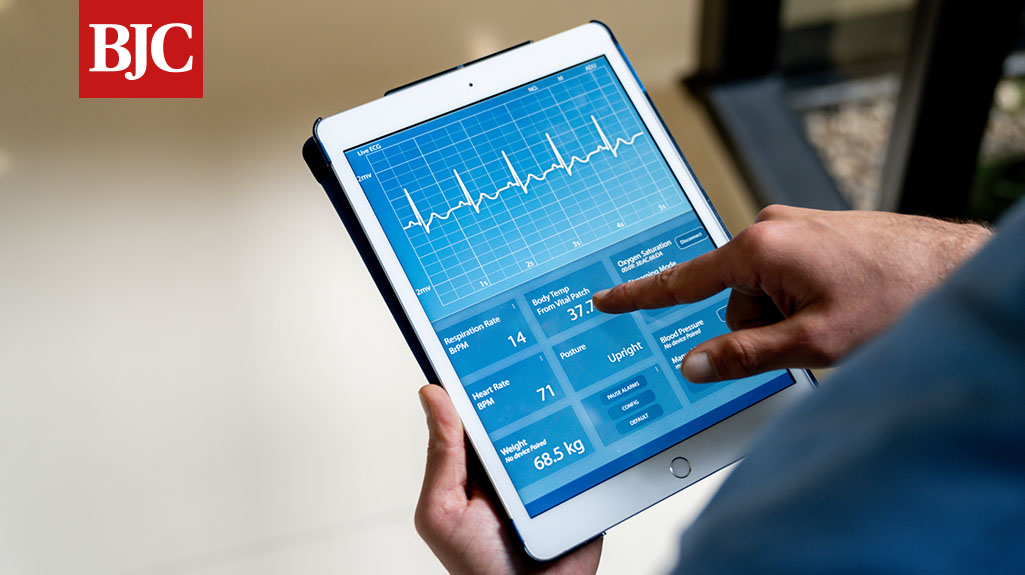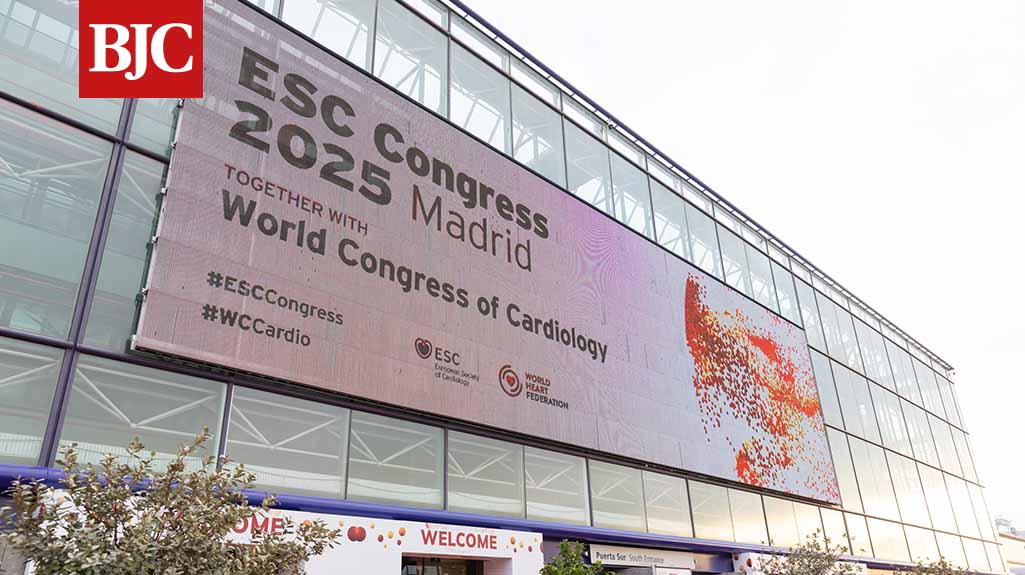Speakers
Dr Paul Hamilton Consultant Chemical Pathologist, Belfast Health and Social Care Trust And Clinical Senior Lecturer, Centre for Medical Education, Queen’s University Belfast
Dr Dermot Neely Specialist Adviser on lipids to Academic Health Science Network – North-East and North Cumbria
Learning objectives
-
- Biological properties and pathways of lipid transport in the blood
- Distinguishing between beneficial and non-beneficial lipids
- Calculating cholesterol in the blood
- National guidelines for lipid management in primary and secondary prevention of cardiovascular disease
- Lipid-lowering drugs and their physiological mechanisms of action
- Statin intolerance and statin-associated muscle symptoms
Learning module instructions
This BJC TV Learning module has a recommended award of 1 CPD credit for completion (1 hour of learning).
Completion requires a score of at least 80%. If less time is spent learning, then you should claim a reduced credit value.
After you have successfully completed the test you will be able to download your certificate.
Quiz Summary
0 of 5 Questions completed
Questions:
Information
You have already completed the quiz before. Hence you can not start it again.
Quiz is loading…
You must sign in or sign up to start the quiz.
You must first complete the following:
Results
Results
0 of 5 Questions answered correctly
Your time:
Time has elapsed
You have reached 0 of 0 point(s), (0)
Earned Point(s): 0 of 0, (0)
0 Essay(s) Pending (Possible Point(s): 0)
Categories
-
Not categorized
0%
-
Review -
Answered -
Correct -
Incorrect
-
Question 1 of 51. Question
Correct
Incorrect -
Question 2 of 52. Question
Correct
Incorrect -
Question 3 of 53. Question
Correct
Incorrect -
Question 4 of 54. Question
Correct
Incorrect -
Question 5 of 55. Question
Correct
Incorrect
References
1. Moffatt RJ, Stamford B (eds). Lipid Metabolism and Health, 1st edition. Boca Raton: CRC Press, 2005. https://www.taylorfrancis.com/books/mono/10.1201/9781420038422/lipid-metabolism-health-robert-moffatt-bryant-stamford
2. Blaha MJ et al. J Clin Lipidol 2008;2:267–2739. https://www.lipidjournal.com/article/S1933-2874(08)00274-2/fulltext
3. NHS England. Summary of National Guidance for Lipid Management for Primary and Secondary Prevention of CVD. 2022. Available from: https://www.england.nhs.uk/aac/wp-content/uploads/sites/50/2020/04/lipid-management-pathway-v6.pdf (accessed January 2024).
4. Stroes ES et al. Eur Heart J 2015;36:1012–1022. https://academic.oup.com/eurheartj/article/36/17/1012/2465952
5. Feingold KR (eds). Cholesterol Lowering Drugs, 1st edition. South Dartmouth: MDText.com, 2016. https://www.ncbi.nlm.nih.gov/books/NBK395573/




